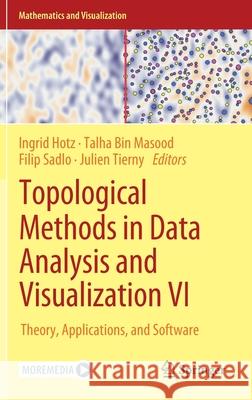Topological Methods in Data Analysis and Visualization VI: Theory, Applications, and Software » książka
topmenu
Topological Methods in Data Analysis and Visualization VI: Theory, Applications, and Software
ISBN-13: 9783030834999 / Angielski / Twarda / 2021 / 351 str.
Topological Methods in Data Analysis and Visualization VI: Theory, Applications, and Software
ISBN-13: 9783030834999 / Angielski / Twarda / 2021 / 351 str.
cena 684,33
(netto: 651,74 VAT: 5%)
Najniższa cena z 30 dni: 655,41
(netto: 651,74 VAT: 5%)
Najniższa cena z 30 dni: 655,41
Termin realizacji zamówienia:
ok. 22 dni roboczych
Dostawa w 2026 r.
ok. 22 dni roboczych
Dostawa w 2026 r.
Darmowa dostawa!
Kategorie:
Kategorie BISAC:
Wydawca:
Springer
Seria wydawnicza:
Język:
Angielski
ISBN-13:
9783030834999
Rok wydania:
2021
Wydanie:
2021
Numer serii:
000242696
Ilość stron:
351
Waga:
0.71 kg
Wymiary:
23.39 x 15.6 x 2.24
Oprawa:
Twarda
Wolumenów:
01
Dodatkowe informacje:
Wydanie ilustrowane











